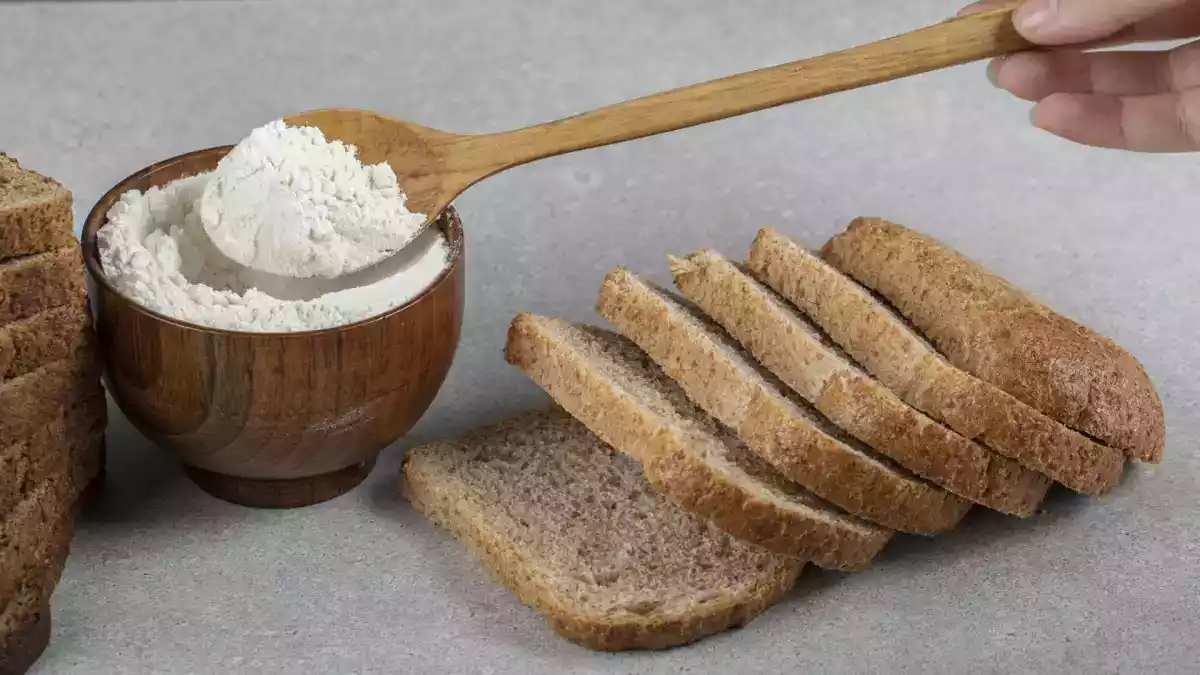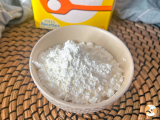Baking soda in the kitchen, the ingredient that transforms your recipes!

An essential ingredient in the kitchen of our grandmothers, baking soda remains an irreplaceable product in today's gastronomy. Inexpensive, accessible and with unique properties, this white powder can improve the texture of dishes, enhance flavors and even solve small culinary problems. But did you know that it can also make your omelets fluffier or your vegetables softer? Read on and take advantage of its full potential.
Fluffier snacks
Baking soda is an essential leavening agent in baking, used to achieve fluffier and lighter doughs. Its action is based on a chemical reaction: when combined with an acid ingredient, such as lemon or vinegar, it releases carbon dioxide, creating small air bubbles that give volume and softness to the dough. It is ideal for sponge cakes, American pancakes, muffins and quick breads, where it acts immediately, so it is important to bake the mixture without delay. However, it should be used in the exact amount indicated in the recipe, since an excess can alter the flavor and give a bitter aftertaste. Have you ever used it?
More colorful vegetables
Vegetables such as carrots, peas, broccoli or green beans can lose their color when cooked due to oxidation. How to avoid this? Add a teaspoon of baking soda to the cooking water. This simple trick keeps the chlorophyll intact and preserves the natural colors of the vegetables, making them more appetizing and visually appealing.
Cleaning of fruits and vegetables
Baking soda is effective in removing residues and harmful substances from the surface of fruits and vegetables. Soaking these foods in a baking soda water solution for about 10 minutes helps to clean them naturally and safely.
Softer and more digestive legumes
If you want the legumes to be easier to digest and creamier, add one teaspoon of baking soda per liter of water during soaking. Then, when cooking, add half a teaspoon more per liter of water to reduce the cooking time and achieve a creamier texture. This trick, used in many professional kitchens, is ideal for irresistible stews and soups. Do you dare to try it in your next homemade lentils?
Airier French omelets
To get a lighter and fluffier French omelet, just add a pinch of baking soda to the eggs before beating them. You will see how the texture improves.
Tomato sauce without acidity
Sugar is often used to reduce the acidity of a tomato sauce, but there is a healthier option: baking soda. With just a pinch during cooking, you will neutralize the acidity without altering the authentic flavor of the tomato. What if I told you that this little trick is used by the most demanding cooks?
Tenderer meats in your stews
If you want the meat in your stews to be especially tender, simply add half a teaspoon of baking soda per liter of liquid at the beginning of cooking. This helps break down the fibers, achieving a softer texture without the need for prolonged marinating. Try it in your next beef stew and let us know!
Juices with an effervescent touch
If you are looking for a natural fizzy drink, try adding a pinch of baking soda to freshly squeezed orange juice. The reaction with the natural acids in the juice will generate bubbles instantly. Just drink quickly to enjoy the fizzy effect, the little ones will love it!
Another tip?
What about you, do you know any other use for baking soda in the kitchen? Leave your suggestions in the comments, I'm sure many readers will appreciate your knowledge. It is worthwhile to know in depth this inexpensive ingredient with so many uses.
You may also be interested in:
 Patricia González
Patricia González
Comments